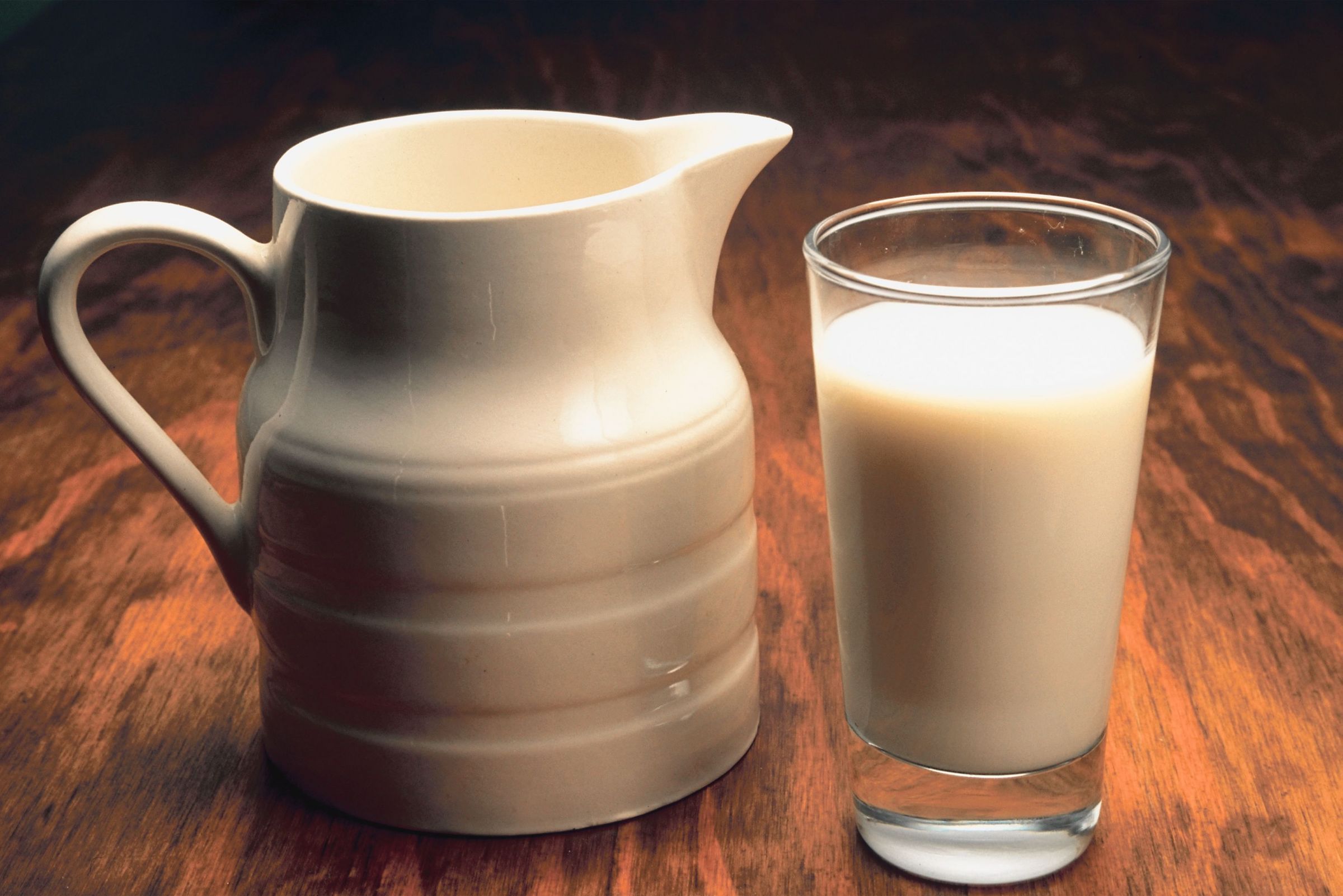By Alise Robers, Recent Arizona State University Nutrition Student
After feeling uncomfortable for years I was finally diagnosed with celiac disease and a dairy intolerance. Right now, you are probably thinking what I thought when I heard the news, “So what’s left to eat?!”
A food allergy is an overreaction of the immune system to a specific food protein1. When this food protein is ingested, an allergic reaction is triggered. The symptoms can be mild or severe and potentially fatal. A food intolerance is different in that it does not involve the immune system.1 Being intolerant to a specific food makes it more difficult to digest, which leads to gastrointestinal problems.1 Having a food intolerance is more common than a food allergy but can still cause large amounts of daily discomfort.1 However, it is not life threatening.

My discomfort levels were extremely high at this point, so once I learned what the root of the problem was I researched exactly what foods I now needed to avoid. When reading the ingredient list on certain foods you are bound to run into a few substances you have never heard of, and when this happens we ignore that silly substance we can’t even pronounce and eat it anyway. Well, I can’t do that anymore. In my research, I found that many of those substances often contain some form of wheat and/or dairy. For example, dextrose contains wheat. Who knew?!
Celiac disease is an inherited autoimmune disease that can cause damage to several organs before it is even diagnosed or treated.1,3 If someone with celiac consumes anything containing gluten, their immune system is triggered2. The immune system responds by damaging the lining of the intestinal tract and symptoms such as abdominal pain, bloating, diarrhea, weight loss, malnutrition, lactose intolerance, anemia, and fatigue can occur.1 The only treatment is to consume a completely gluten free diet that must be maintained throughout your life.
Gluten is found in grains such as wheat, barley, rye, and sometimes oats. To avoid gluten it is imperative that you check food labels for any of these ingredients:
- Barley
- Wheat (durum, enriched flour, graham flour, plain flour, white flour, wheat bran, wheat germ, semolina, kamut, and spelt wheat)
- Rye
- Oats (unless labeled gluten-free)
- Triticale
- Brewers yeast
- Malt (barley malt or malt vinegar)
- Dextrin
- Modified food starch
- Farina
- Couscous
- Bulgur
Once you learn what to avoid, this diet is very manageable. There are an abundance of grains, starches, and flours that someone who is gluten free can eat, so don’t get discouraged! For example:
- Corn
- Brown rice, wild rice, white rice
- Quinoa
- Amaranth
- Millet
- Teff
- Flax
- Sorghum
- Buckwheat
- Starches/thickeners (potato starch, tapioca starch, arrowroot, cornstarch)
Milk allergies are more commonly seen in children and are usually outgrown with age. Lactose intolerance is the inability to digest or absorb lactose.3 Lactose is a sugar found in milk and other dairy products. When this sugar is consumed symptoms such as stomachache, bloating, and diarrhea can occur. After researching both of these allergies/intolerances I started to wonder if there was a connection between lactose intolerance and celiac disease. My first inclination that the two were correlated was the fact that I was diagnosed with having both at the same time and that I have not been lactose intolerant in the past.
What is the Connection between Lactose Intolerance and Celiac Disease?
- Individuals that are newly diagnosed with celiac disease are commonly diagnosed with a secondary lactose intolerance as well. This is caused by the loss of lactase, which is an enzyme that digests milk sugar along the lining of the small intestine.3
- Gluten causes damage to the small intestine. This damage is the main factor in the lack of lactose for people diagnosed with celiac disease.
- Because our bodies are capable of so much, there is an upside. If you follow a strictly gluten-free diet then the gut will be able to heal. Once healed the lactose intolerance is likely to disappear.
To successfully maintain a dairy-free diet avoid these foods or find non-dairy alternatives:
- Butter
- Any milk or creams in all forms
- Any cheese yogurt or ice cream
- Half and half
- Tagatose
- Whey (in all forms)
- Ghee
- Caseinates
- Milk protein hydrolysate
- Lactose
- Lactulose
- Pudding
- Custard
- Artificial butter flavor
- Baked goods
Following a restricted diet can be difficult but with time it will become second nature. Many of the foods in stores today have the Gluten-free stamp and the Food Allergen Labeling and Consumer Protection Act requires that all packaged food products being sold in the United States that contain milk as an ingredient must list the word “Milk” on the label.2 These actions are making our lives simpler, safer, and healthier! Just be sure to read all product labels carefully before consuming any item because ingredients in packaged foods could change without any notice. If you are unsure if a product contains an allergen it is best to either not eat it or call the manufacturer.
References:
- Drummond, Karen E, and Lisa M. Brefere. Nutrition for Foodservice and Culinary Professionals. 8th Hoboken, NJ: John Wiley & Sons, Inc., 2010. 346-351. Print.
- “Milk Allergy.” Miik Allergy-Foods Allergy Research & Education. N.p., n.d. Web. 2017. https://www.foodallergy.org/allergens/milk-allergy
- “Celiac Disease and Lactose Intolerance.” Celiac Disease and Lactose Intolerance | BeyondCeliac.org. N.p., n.d. Web. 2017. https://www.beyondceliac.org/celiac-disease/related-conditions/lactose-intolerance/

